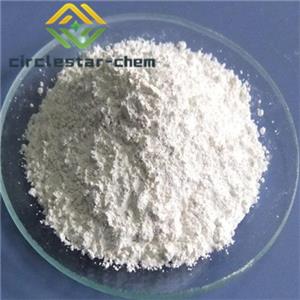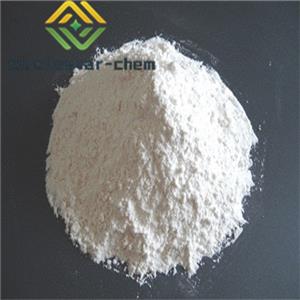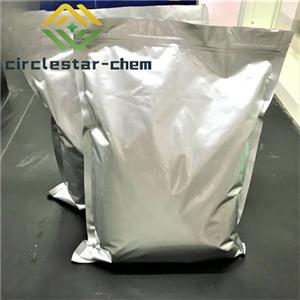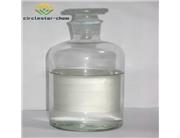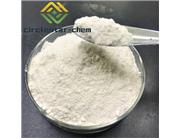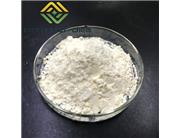Product Name: Fumagillin
Synonyms: 1-oxaspiro(2,5)oct-6-ylester;2,4,6,8-decatetraenedioicacid,mono[5-methoxy-4-[2-methyl-3-(3-methyl-2-buteny;5beta,6beta(all-e)]]-theta;6,8-decatetraenedioicacid,4-(1,2-epoxy-1,5-dimethyl-4-hexenyl)-5-methoxy-4;amebacillin;10-[[5-Methoxy-4-[2-methyl-3-(3-methylbut-2-enyl)oxiran-2-yl]-2-oxaspiro[2.5]oct-6-yl]oxy]-10-oxo-deca-2,4,6,8-tetraenoic acid;Fumagilin DCH;[3R-[3alpha,4alpha(2RX,3RX),5beta,6beta(all-E)]]-2,4,6,8-Decatetraenedioic acid, mono[5-methoxy-4-[2-methyl-3-(3-methyl-2-butenyl)oxiranyl]-1-oxaspiro[2.5]oct-6-yl] ester
CAS: 23110-15-8
MF: C26H34O7
MW: 458.54
EINECS: 245-433-8
Product Categories: Peptide Synthesis/Antibiotics;API
Fumagillin is an antibiotic derived from the fungus Aspergillus fumigatus. It has widely been used both in human and veterinary medicine. It has appeared to be the most effective medicine in supressing cryptosporidiosis and microsporidiosis caused by Enterocytozoon bieneusi which can be fatal in HIV-infected persons[1, 2]. Due to its antiparasitic efficacy fumagillin has also been widely applied in veterinary medicine against microsporidiosis of bees and fish[3-5]. Fumagillin is very stable in honey[6] even at higher temperatures; for example it was detectable after having been kept at 80oC for 35 days[7]. Mixed with syrup it is very effective in supressing Nosema in hibernating honeybee colonies. However, it has not been effective against dormant spores of Nosema apis, thus has never eliminated the disease in the bee colony entirely.

 China
China
